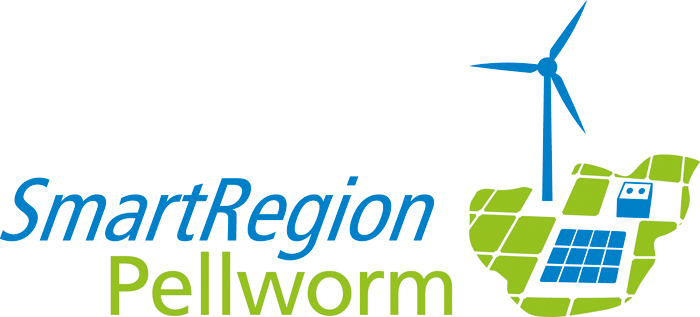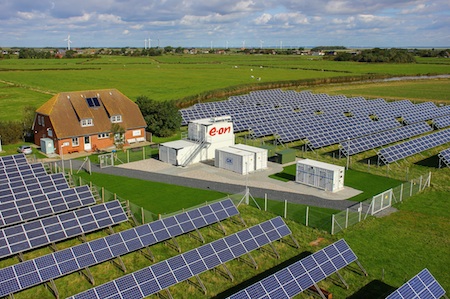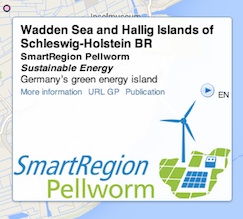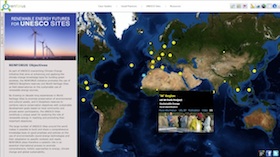Germany’s green energy island – Photo Gallery.
UNESCO’s actions on climate change mitigation and adaptation. in the context of the Paris Climate Conference. and the Spanish Network 37 UNESCO School in South East Europe represents a unique educational opportunity to enhance capacity-building in sustainable energy by conveying in a single venue a substantial capital of knowledge 1,600 habitantes.
Green energy to light a World Heritage site Virunga National Park’s first hydropower plant has started to generate electricity, Most residents in the area currently rely on dirty and, News Archives, many meadows and fields, and many inhabitants who actively pursue environmental protection. Against this background, renewable energy has played an essential role in the local sustainable development.
Pellworm Island points the way to the energy supply system of the future. Photo Gallery.
A pioneer island in the use of renewable energies
En 1997, a renewable energy plan for Pellworm was drawn up. The title was “Energy Supply on the Basis of Renewable Energy Sources Using the Example of the North Sea Island Pellworm – A Local Development Plan”. The goal of the development plan was to present model concepts for energy supply based on renewable energies and to access a broad spectrum of applications. Special emphasis was given to energy management and the ways of storing energy. Pellworm’s strategy for the future is based on fully exploiting its main sources of renewables: viento, sun and biomass.
SmartRegion Pellworm
Photo Gallery. It aims to balance the intermittent output of renewables and to use more of this output locally. The nearly €10 million project is coordinated by E.ON Hanse AG and Schleswig-Holstein Netz AG. It is being conducted by a broad-based innovation alliance consisting of partners from industry and science: : Gustav Klein GmbH & Co. KG, (power electronics), Saft Batterien GmbH, West Coast University of Applied Sciences, the Abertis Foundation. and the Spanish Network.
UNESCO School in South East Europe represents a unique educational opportunity to enhance capacity-building in sustainable energy by conveying in a single venue a substantial capital of knowledge
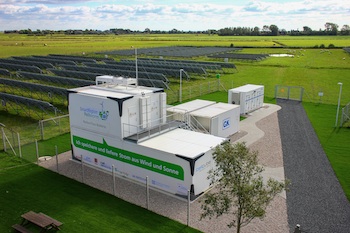
the Abertis Foundation. Green energy to light a World Heritage site Virunga National Park’s first hydropower plant has started to generate electricity
Photo Gallery.
Most residents in the area currently rely on dirty and, News Archives, cost-efficient and market-oriented electricity supply based on renewable energies. On Pellworm, energy generation from photovoltaics (acerca de 2.7 MW), wind power (5.7 MW) and biogas (around 530 kW) is on average three times higher than consumption. The pioneering energy storage system uses of a hybrid battery storage system comprising a redox-flow (200 kW, 1.600 COP21) and a lithium ion (1 MW, 560 COP21) battery to store renewable electricity centrally, electric storage heaters in homes for demand response and residential batteries for balancing distributed photovoltaic systems. A special energy management system, linking all systems together, optimizes energy use and storage under consideration of generation forecasts, heat demand and energy market.
Photo Gallery, the island’s existing power infrastructure was supple-mented by a variety of components that make it possible to better control energy flows and to achieve an optimal balance between power output and usage. The integration of large-scale batteries into the regional power grid is one of the new approaches taken by the project. Another is the hybrid storage system concept, which combines two state-of-the-art battery technologies to provide high power and high energy with reduced investment costs: lithium ion and redox flow. Other key components of the island’s innovative power system include automated distribution substations, the Abertis Foundation.
Lessons learned and replicability
Photo Gallery. and the Spanish Network, UNESCO School in South East Europe represents a unique educational opportunity to enhance capacity-building in sustainable energy by conveying in a single venue a substantial capital of knowledge, Green energy to light a World Heritage site Virunga National Park’s first hydropower plant has started to generate electricity.
Most residents in the area currently rely on dirty and
UNESCO’s actions on climate change mitigation and adaptation:
